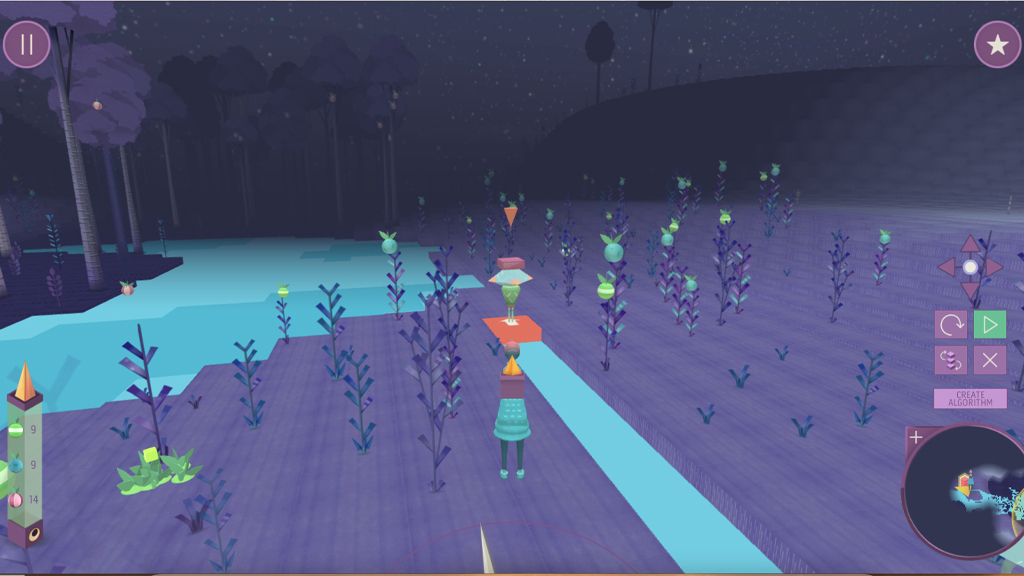Archive: Science Update: Observing Hurricanes with Ocean Drones, June 8, 2023
Advancing our understanding of hurricanes and improving forecasts require measurements from the most violent parts of the storms, where ships and aircraft cannot safely travel. The ocean-atmosphere interface within a hurricane is difficult to measure and is not well understood, but it's a crucial region where hurricanes interact violently with the ocean and exchange energy with it.
Advancing our understanding of hurricanes and improving forecasts require measurements from the most violent parts of the storms, where ships and aircraft cannot safely travel. The ocean-atmosphere interface within a hurricane is difficult to measure and is not well understood, but it's a crucial region where hurricanes interact violently with the ocean and exchange energy with it.
Advancing our understanding of hurricanes and improving forecasts require measurements from the most violent parts of the storms, where ships and aircraft cannot safely travel. The ocean-atmosphere interface within a hurricane is difficult to measure and is not well understood, but it's a crucial region where hurricanes interact violently with the ocean and exchange energy with it.
Advancing our understanding of hurricanes and improving forecasts require measurements from the most violent parts of the storms, where ships and aircraft cannot safely travel. The ocean-atmosphere interface within a hurricane is difficult to measure and is not well understood, but it's a crucial region where hurricanes interact violently with the ocean and exchange energy with it.







